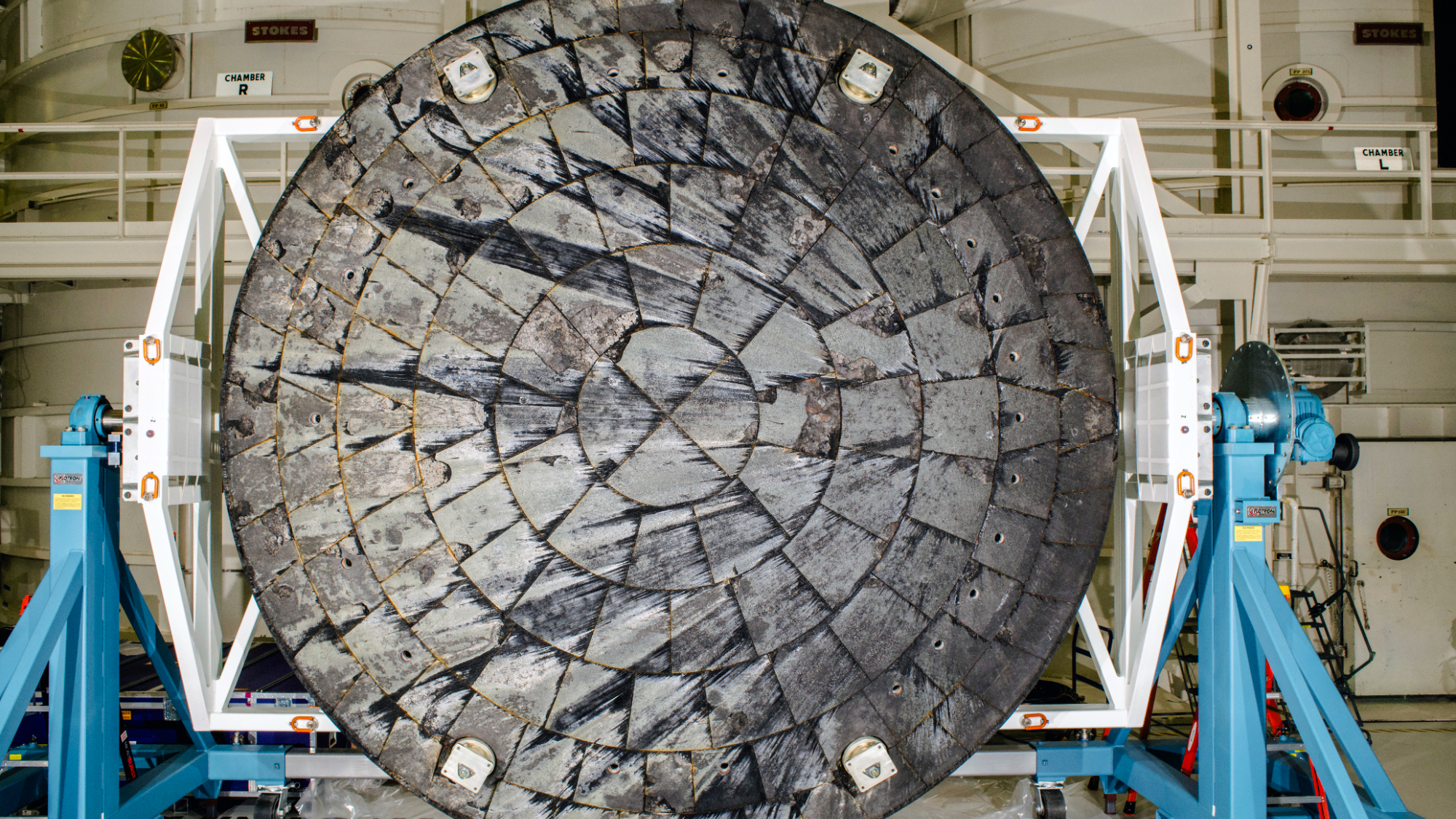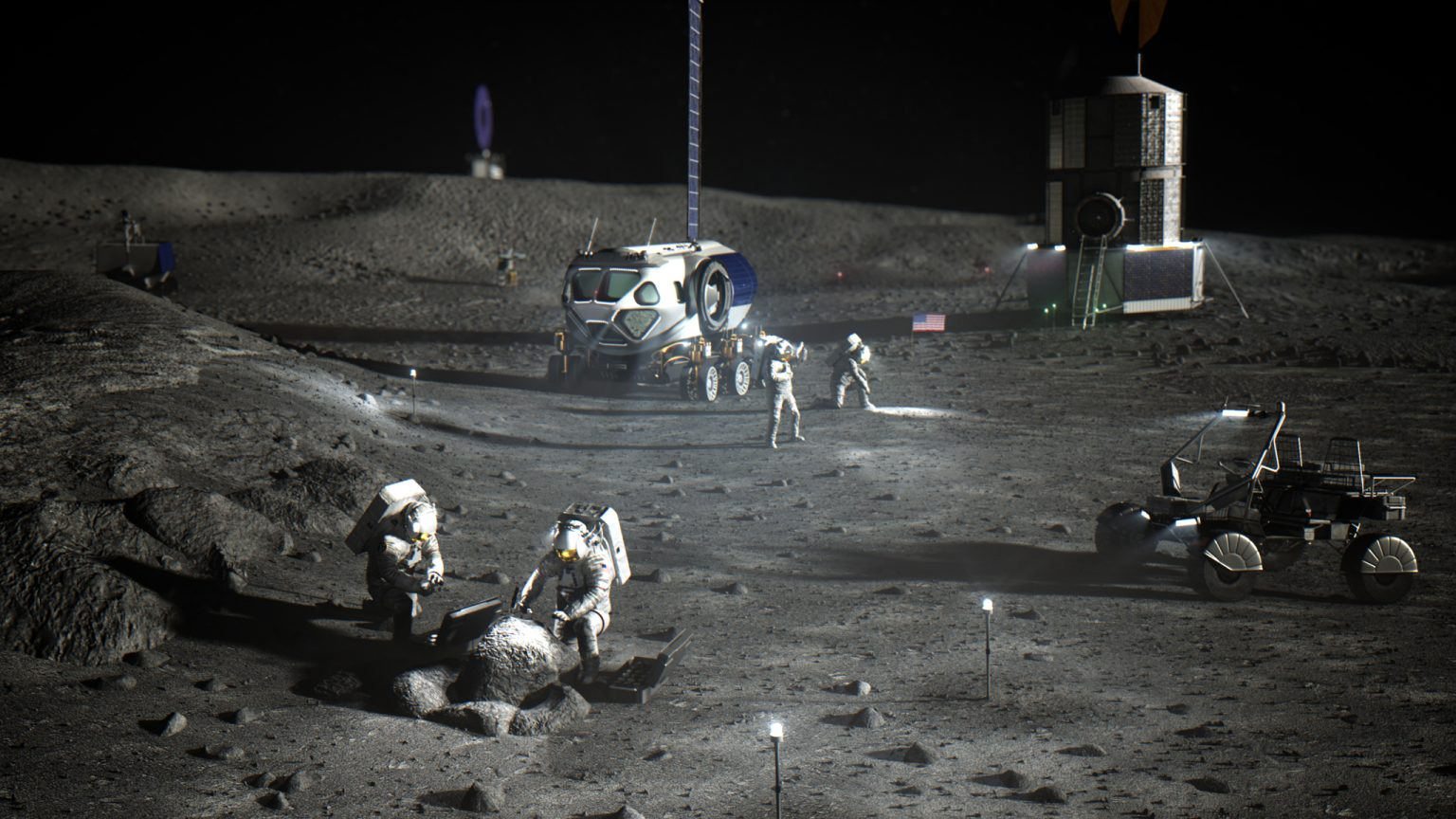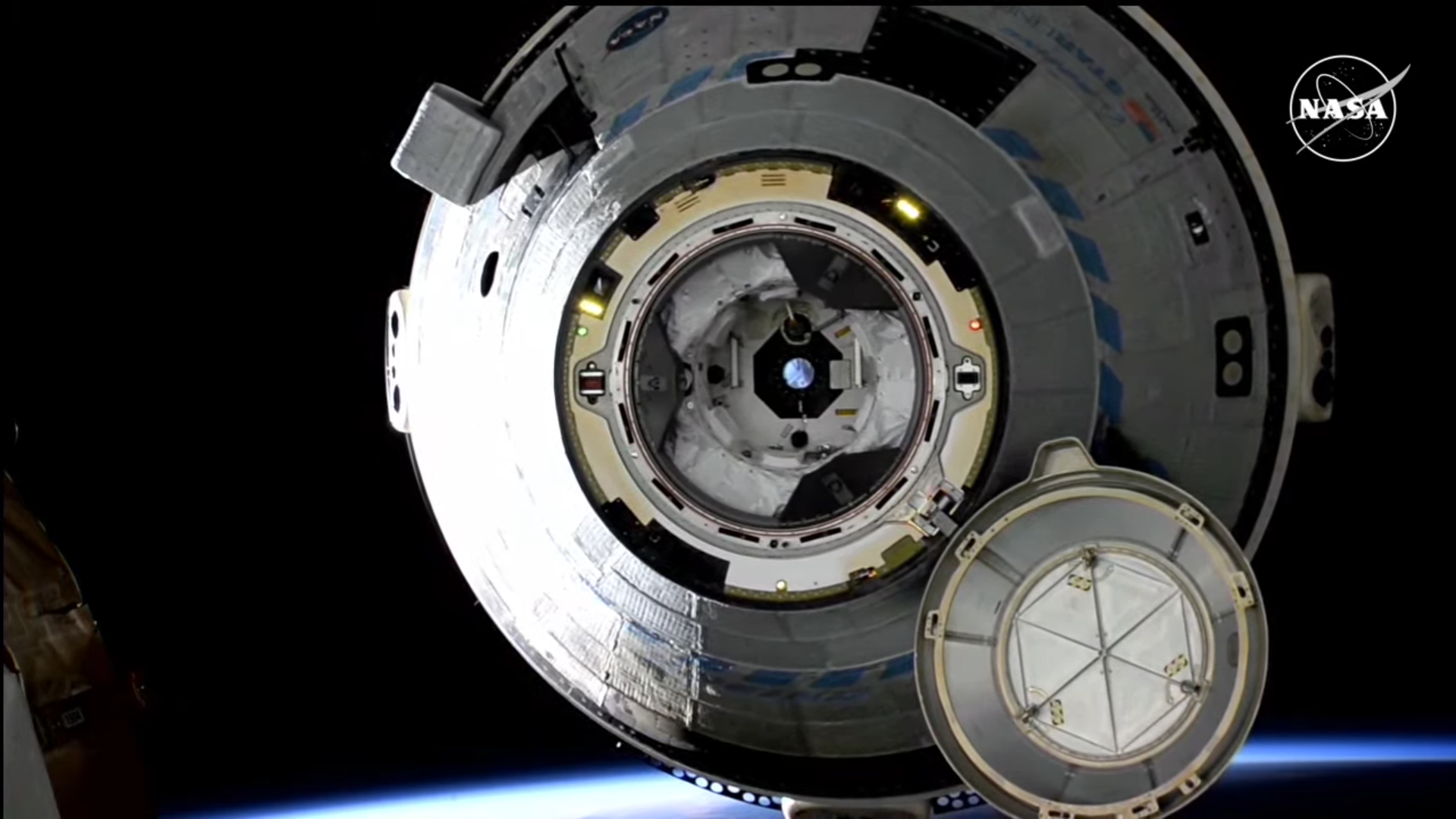An annual safety report to NASA has both praise for the agency and also underscores a number of cautionary woes, including the space agency’s undertaking of the Artemis back-to-the-moon with humans campaign.
The annual report from the Aerospace Safety Advisory Panel (ASAP) has been released. The report observes that NASA has made impressive progress. Challenges remain, however, and are highlighted in this report.
Of note, this report points to significant safety observations for both the agency’s Moon to Mars Program and the current International Space Station operations in low-Earth orbit.
The ASAP of experts, led by former NASA astronaut Lieutenant General Susan J. Helms, USAF (Ret.) who chairs the group, notes that there are “considerable risk-related issues” surrounding NASA’s planned transition to Commercial low-Earth orbit destinations, “some of which are not wholly within NASA’s control.”
The just-released ASAP report also touches on relevant areas of human health and medicine in space “and the impact of budget constraints and uncertainty on safety.”
The new report has been sent to Janet Petro, NASA Acting Administrator, as well as J.D. Vance, Vice President and President of the Senate and Mike Johnson, the Speaker of the U.S. House of Representatives.
Congress established the ASAP or “Panel” in 1968 to provide advice and make recommendations to the NASA Administrator and Congress on safety matters.
Artemis: fraught with uncertainty
“Of particular concern are the risks surrounding the development, integration, and execution of the Artemis campaign. NASA’s mandate for deep space exploration to Mars and beyond is supremely challenging and fraught with uncertainty,” the ASAP report explains.
“A critical steppingstone in the development of human interplanetary travel capabilities and space hardware — and ultimately safe operations and overall mission success — is the safe return to the moon. The moon offers both the opportunity to gain experience operating on a planetary surface and a nearby test bed with an extreme environment akin to Mars,” the report points out.
“Yet, NASA will face a myriad of daunting budgetary, industrial, geopolitical, technical, and health and medical constraints and challenges,” the report continues, “as it both executes the Artemis campaign and maintains the Nation’s presence in low-Earth orbit (LEO).”
Physics of failure

The ASAP flagged the fact that, during 2024, the Orion Program continued proactively investigating the heat shield spalling and char loss that occurred during the Dec. 11, 2022 Artemis 1 mission’s Orion capsule entry to Earth.
NASA’s focus on understanding the physics of the failure and identifying corrective actions, the ASAP report points out, led to corrective actions for future heat shield assemblies, and entry trajectory changes that can enable the 2026 Artemis II to fly with the existing heat shield.
“The ASAP has not yet reviewed the engineering details of this work and the related risk assessments with NASA. This will be a Panel focus early in 2025,” the ASAP report says.
Technical readiness level

As for the first human return to the Moon, post-Apollo 17 in 1972, Artemis III is planned as a crewed surface landing and exploration of the lunar south pole region in mid-2027, the Panel “remains very concerned that, on the current schedule and with the current technical readiness level of some segments of the architecture, the Artemis 3 mission is oversubscribed.”
As it has in the past, the ASAP views the aggregated risk associated with accomplishing “so many ‘first-time’ milestones, including several critical prerequisite demonstrations, may be too high,” the 2024 report reiterates.
There remain extraordinary challenges for the Artemis “rebooting” of the Moon, such as the delivery of fuel to orbit, cryogenic refueling, and long-duration storage in space; the human landing system (HLS) and Orion mating; and HLS successful descent to and ascent from the lunar surface “are just a sample of critical test objectives that must be successfully demonstrated,” the report says, “to ensure risks are managed appropriately prior to a crewed mission.”
Safety culture

Also spotlighted in the report is the Boeing Starliner crewed flight test (CFT), labeling it as “A Case of Safety Culture.”
“Ultimately, the resolution of the Starliner CFT anomaly demonstrated that, even in the face of unexpected




